 1) Avoid the Draft
1) Avoid the Draft
The U.S. Department of Energy says that 5% to 30% of your energy use is wasted on drafts. You can start off really basic by rolling up a towel and nudging in to where the crack is located…this should stop most of the air from coming in to the house in that area. You can also use something called a draft snake, which you can make your self or buy online for very little money. There are other products on the market that do the same thing as well. They are called draft guards or door draft stoppers and can be found anywhere online or even in your local hardware store.
2) Replace Your Air or Furnace Filters
It’s so easy to forget, but it’s very important and simple to replace your filters on a regular basis. It’s recommended to do this every month, so put a check on your calendar or make it a habit to change it every time you pay your electric bill. We have a hard time keeping on top of it ourselves and it’s our business to keep homes efficient when it comes to heating and air.
3) Reverse Your Ceiling Fans
Most people think of ceiling fans as a way to cool a room, but most ceiling fans come with a switch to run them in reverse. Warm air stays near the ceiling and this will bring it back down into the living space making it warmer – saving you money on heating your home.
4) Turn Down Water Heaters
Most conventional water heaters are set at 140 degrees fahrenheit, yet most households don’t need it to be that high and end up paying for it. Lowering the temperature to 120 degrees fahrenheit (or lower) will reduce water heating by up to 10%.
5) Give Your Heating System a Tune Up
Most people don’t think of a heating or air conditioning system when they hear the word tune up. Well, just like a car or truck your heating and air conditioning system need to be regularly maintained to run as efficiently as possible. Keeping your system maintained will reduce energy costs by up to 5%, which is a lot when you look at it on a yearly basis.
6) Pay Attention to Your Thermostat
It’s way too easy to run out the door and forget that you have the heat or air conditioning running at a certain temperature. Most people don’t realize that for every degree you lower your thermostat during the winter you are saving between 1% and 3%. Another great option is a programmable thermostat.
7) Use Caulking & Weatherstriping
According to the U.S. Department of Energy, small leaks can affect your home efficiency by 5% to 30% every year. Pay attention to where different building materials meet in your home. Like around the edges of windows, corners, around your chimney and even where pipes and wires leave your home to go outside. To find out where you are losing air in your home you can do a simple test with a stick of incense. Turn off any air moving appliances (fans etc), light a stick of incense and move it along walls, near windows and doors; wherever you see the smoke from the incense waver, you have air getting in and heating and cooling getting out.
8) Put on More Clothes
Most people want to lounge around the house in their most comfortable clothes, which is totally understandable, but wearing a sweater can actually add 2 to 4 degrees in warmth to your body. Remember what we said about each degree on your thermostat costing you money.
9) Insulate Your Pipes
Not only can this lower the chances of your pipes freezing (if it gets that cold this winter), but it can save you money on your hot water. If you want to do-it-yourself, you can find pre slit pipe foam at almost any hardware store. All you need to do is cut it to size and fasten in place with good old duct tape.
10) Seal Those Ducts
Many studies have shown that up to 30% of heated or cooled air can escape through the ducts. Have a professional technician come out and check your duct system and fix any issues you might have with your system. According to the American Solar Energy Society, properly sealing ducts can save the average household up to $140 every year.
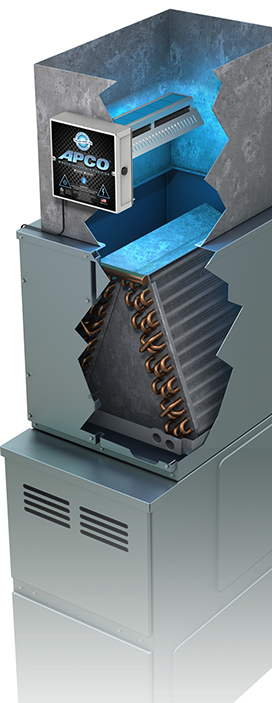


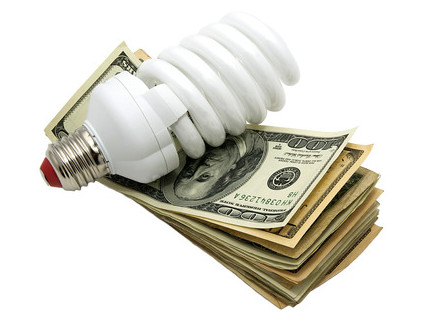
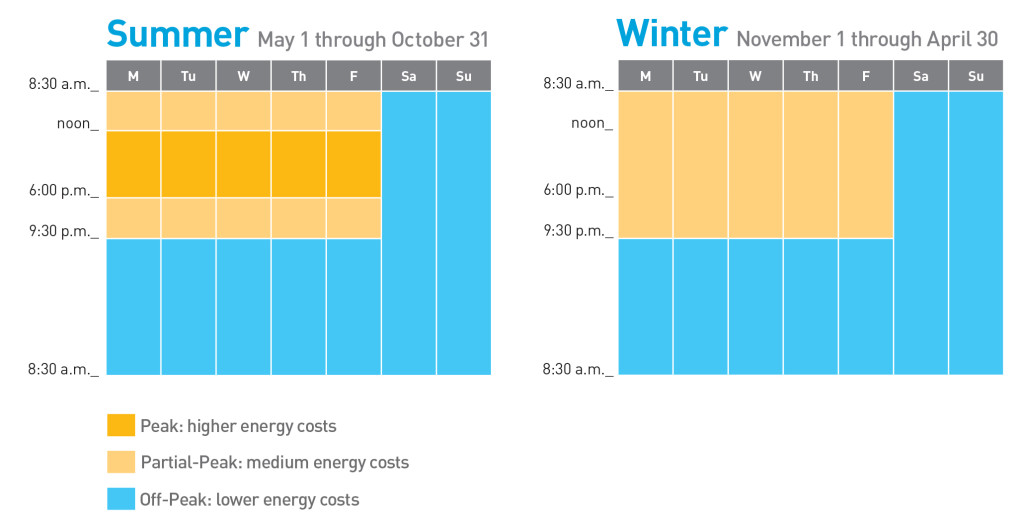
 conditioning contractor been serving the Greater Sacramento area?
conditioning contractor been serving the Greater Sacramento area?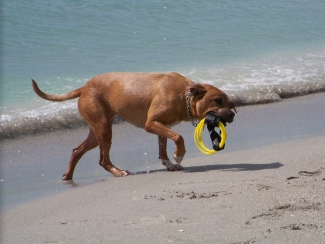
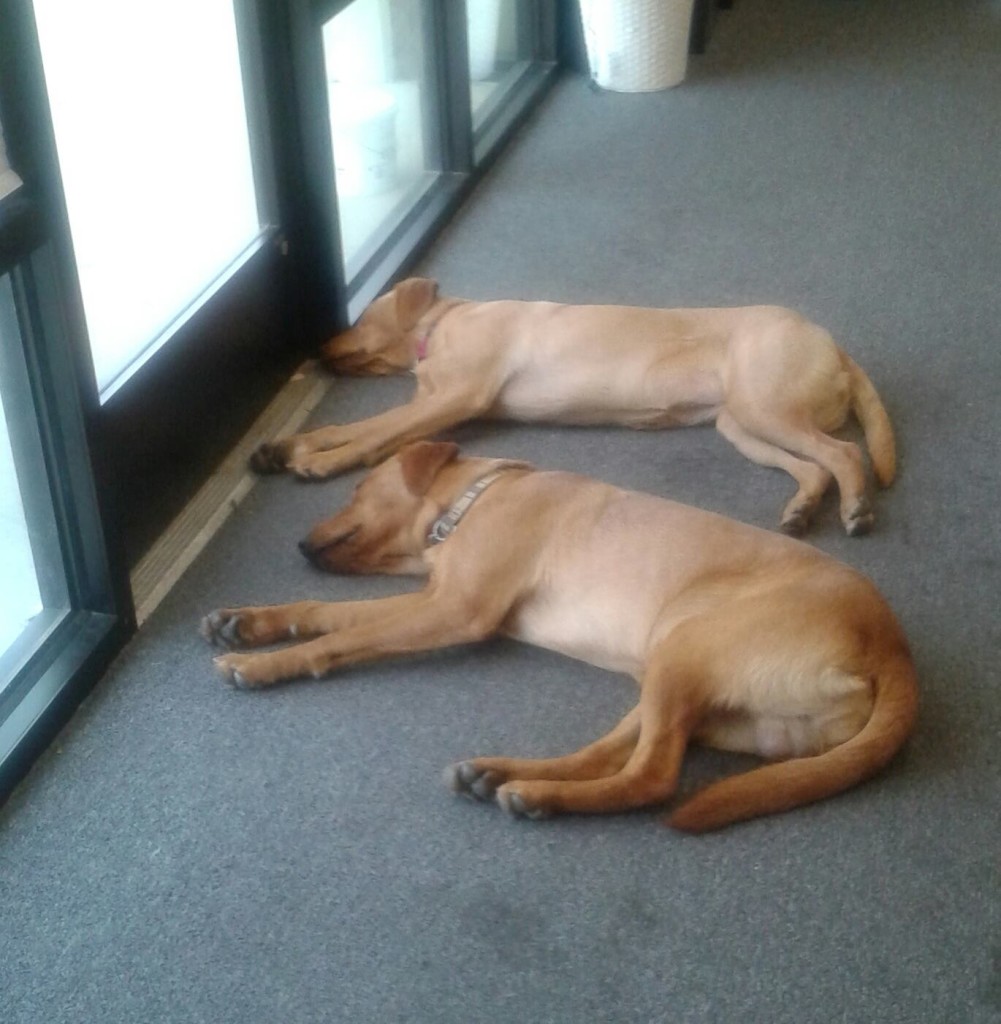




 It’s officially Fall! That doesn’t always mean cool weather here in our Sacramento region, but it is a good idea to take advantage of this transition time and prepare your home for weather changes that will be happening soon. Here are a few tips to help you prep your home for Fall – you’ll be glad you did them ahead of time!
It’s officially Fall! That doesn’t always mean cool weather here in our Sacramento region, but it is a good idea to take advantage of this transition time and prepare your home for weather changes that will be happening soon. Here are a few tips to help you prep your home for Fall – you’ll be glad you did them ahead of time!
